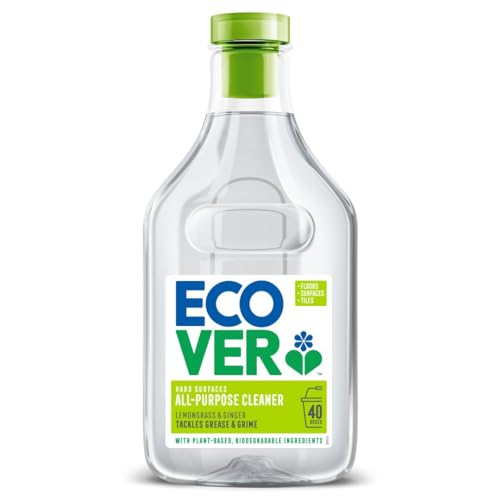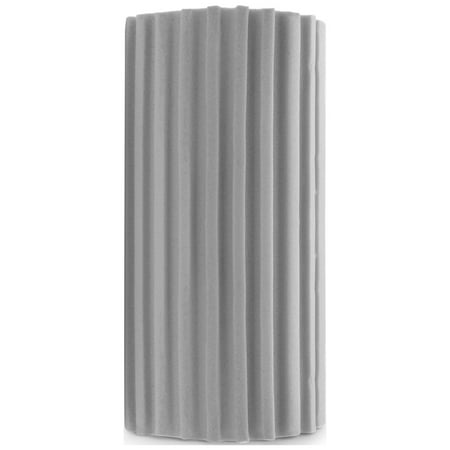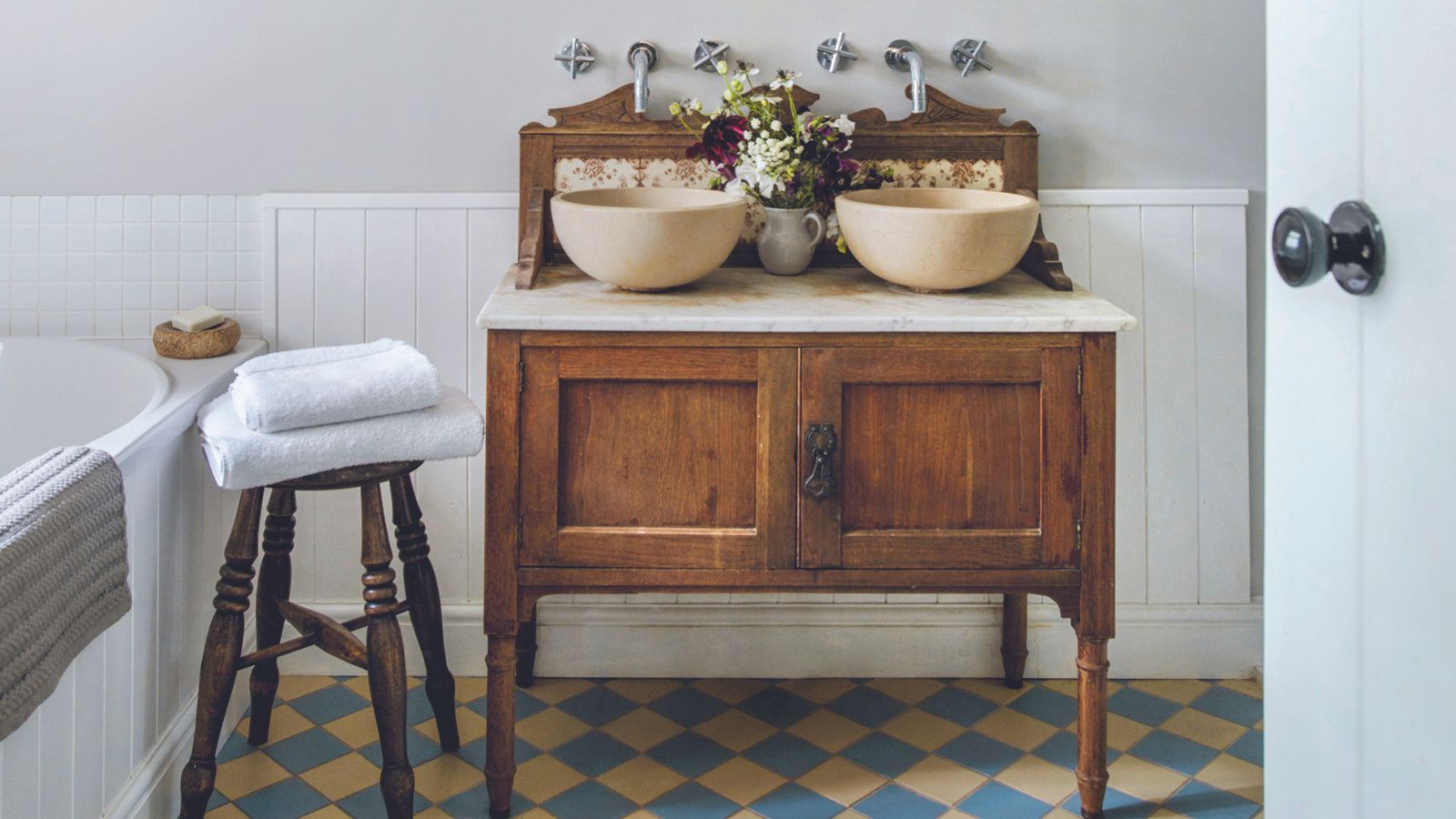My military father taught me task stacking as a child – now my chores take barely any time at all
It sets off a 'flow' state that instantly shaves time off chores


There was one word in my house that was valued above most others – efficiency. Growing up in a military household, everything was done logically and precisely to take as little time as possible.
All my chores, homework, and schoolwork were tackled systematically, grouping like tasks to get everything done together and quickly (without sacrificing quality). It turns out this has a name – task stacking – and it is becoming an increasingly popular way to tackle everyday to-do lists.
I spoke to a time management coach to learn more about why task stacking works to make to-do lists less overwhelming and explore how you can implement it in your cleaning routine to shave time off tedious chores.
What is task stacking?
If there is anything I learned from my dad growing up, it’s that task stacking is a key habit of highly organized homeowners, and is one thing super-organized people do every day without thinking about.
The concept is simple, you group tasks together based on their compatibility to complete several tasks at the same time so you do not have to repeat your efforts. It is basically a fancy term for multitasking.
There are three main ways I typically stack items:
- Completing two tasks at once: For example, doing the dishes while my dinner cooks
- Combining tasks: For example tidying up as I clean and vacuum, or cleaning the bathroom sink or mirror as I brush my teeth
- Scheduling tasks together: For example, timing all the tasks I need to complete in the city for when I have to go anyway, be it for an appointment or when I do my weekly grocery shop, to reduce travel time.

Having a multi-purpose cleaner in all the key rooms of my home (like the kitchen and bathroom) makes quick cleans and task stacking simple

I keep a microfiber cloth in most rooms too, including the bedroom, office, and living room. I just replace them each time I do a laundry cycle

The damp duster makes dusting quick and easy, trapping all the dust rather than spreading it around. It is a must-have in my bathroom for quick cleans while I brush my teeth
Hannah Jones Taylor, education expert, and time management coach explains, ‘Task stacking involves grouping tasks together. As James Clear writes in Atomic Habits [available at Amazon], “This allows you to take advantage of the natural momentum that comes from one behavior leading into the next.You can use task stacking to keep your home clean and organized. For example:
- 'Unload and load the dishwasher during downtime while cooking (like waiting for a pot to boil).
- Wipe the bathroom sink out after you brush your teeth.
- Drop a cleaning tab in the: dishwasher, coffeemaker, garbage disposal, washing machine – all at once, on the same day each month.
- While meal planning, look to see what groceries you already have–and wipe the fridge out while you’re at it.
‘Task stacking helps solidify quick habits that can make a big impact on the organization and cleanliness of your home,' she concludes.
How to task stack
One of my favorite things about task stacking is being able to apply it to almost every aspect of your life, from combining it with cleaning tips and home organizing to your professional career to your hobbies. It can even be paired with other productivity methods, such as the Scary Hour method to really boost your efficiency and productivity.
It helps me enter a so-called ‘flow state’ that makes the process quicker and shaves time off my chores as I ‘flow’ from one task to another with little resistance. Pair it with body doubling and I really fly through my tasks. It really does help me to enjoy a chore-free weekend.
1. Identify related tasks

Using a damp duster to pick up dust from my bathtub, mirror and sink means its easier to deep clean a bathroom at the end of the week. It makes the space look tidier too
The first step when changing up your cleaning routine for the better or making a to-do list efficient is identifying tasks you can reasonably achieve at the same time.
It is good to remember that not every task on your to-do list needs to be done with precise efficiency. Some won’t need to be stacked at all. When picking tasks to stack, think logically about how important they are to get done, the location you do them in, and what tools or methods you use to complete them.
When I was a kid, my dad would point out that after school I always went into the kitchen, emptied my school bag, and took my shoes off. I would always stack newsletters in the same spot for them to read, which happened to be right above the cleaning cabinet. Dad pointed out this flowed naturally into cleaning and polishing my shoes ready for the next day and putting my lunch stuff in the washing-up bowl to soak, or putting any blazers, jumpers, or socks straight into the washing machine.
Usually, within 15 minutes of being home, I was already unpacked and set up to do any homework or relax for the evening. Even now, as an adult, I will naturally get home, remove any outer layers and put them away (following the one touch rule), empty my bags into the appropriate locations, and change into loungewear.
Do anything long enough and it will really stick.

In the past, I have made all of my notes on my phone. Recently, however I have turned to making analogue notes on a to-do list. I find that they stick better in my mind when I physically wrote them out, and it is more satisfying to physically cross them out as I complete them
2. Avoid doing too much
After using this method for years, I have definitely fallen into the trap of trying to stack too many tasks, resulting in me juggling too much and stressing myself out. A good example of this is when I know I will be traveling into the city center for an appointment later in the week so I leave everything related to the city for that day. I always end up either running out of essentials, stretching my time in the city too thin, or waddling home with far too many bags to comfortably carry by myself.
You also need to be aware of stacking tasks that are not compatible. If you have something on a timer (doing laundry, for example) you don’t want to stack on tasks that will take longer than the countdown on your laundry cycle lest your washing ends up sitting in the drum for too long and going musty. I know the pain of this one, personally!
3. Set aside time and track tasks
Even though task stacking will make you more efficient, it doesn't mean tasks won’t still take you time – especially if you are doing them correctly.
To avoid rushing and use task stacking to create an achievable cleaning routine, Marla Mock, professional cleaner and president at Molly Maid USA suggests, ‘Creating checklists to divide these tasks into manageable chunks and provide a clear strategy to tackle any cleaning project. From daily cleaning tasks to monthly deep cleaning, to any other projects such as moving or spring cleaning, having a checklist will keep you on track with your goals and make life a whole lot easier.’
This will not only help you to visualize tasks better and avoid missing anything, but you can tick things off as you go for a sense of accomplishment.
4. Slow down

Popping on a video or movie to work at a more relaxed pace makes cleaning less of a race and more mindful
Just because you are entering a ‘flow state’ when stacking tasks doesn’t mean you can’t take breaks or break stacks up into individual tasks or different days. A key thing I learned after living by task stacking is not everything has to be done efficiently. Sometimes it pays to slow down and treat tasks more mindfully. As my more sane partner has pointed out after observing me go all in, not everything is a race.
This will ensure you don’t end up cleaning when feeling overwhelmed and burning out.
God knows that going full throttle for so long has often led to me needing to find ways to motivate myself to clean as a serial procrastinator. Don’t make the same mistakes.
Perhaps the most important element of task stacking is repeating the flows time and time again until they start to feel natural and become daily habits for a tidier home and you no longer have to put any thought into them.
Sign up to the Homes & Gardens newsletter
Design expertise in your inbox – from inspiring decorating ideas and beautiful celebrity homes to practical gardening advice and shopping round-ups.

Chiana has been at Homes & Gardens for two years and is our resident 'queen' of non-toxic living. She spends most of her time producing content for the Solved section of the website, helping readers get the most out of their homes through clever decluttering, cleaning, and tidying tips. She was named one of Fixr's top home improvement journalists in 2024.
-
 5 surprising but brilliant ways to clean with old socks – from perfectly buffing stainless steel to deterring pests naturally and more
5 surprising but brilliant ways to clean with old socks – from perfectly buffing stainless steel to deterring pests naturally and moreTackle dust in tricky corners, clean your mirrors and even banish bad odors with those rogue single socks
By Andy van Terheyden Published
-
 How to grow astilbe – expert advice on cultivating this shade-tolerant flowering perennial
How to grow astilbe – expert advice on cultivating this shade-tolerant flowering perennialShade-tolerant and pest-resistant - astilbe are hardy and tough perennials that can thrive in many settings
By Ellen Wells Published
-
 5 surprising but brilliant ways to clean with old socks – from perfectly buffing stainless steel to deterring pests naturally and more
5 surprising but brilliant ways to clean with old socks – from perfectly buffing stainless steel to deterring pests naturally and moreTackle dust in tricky corners, clean your mirrors and even banish bad odors with those rogue single socks
By Andy van Terheyden Published
-
 5 things people with clean upholstery always do – simple, quick and oh-so-effective
5 things people with clean upholstery always do – simple, quick and oh-so-effectiveEnsure your furnishing looks clean year-round with these expert tips
By Seraphina Di Mizzurati Published
-
 'Wick away the ick' – 6 things people with clean laundry rooms always do to make this hardworking space shine
'Wick away the ick' – 6 things people with clean laundry rooms always do to make this hardworking space shineThese tips on how to clean your laundry room will banish grime
By Seraphina Di Mizzurati Published
-
 How safe are carpet deodorizers? As a seasoned vacuum tester, I urge you to try alternative methods
How safe are carpet deodorizers? As a seasoned vacuum tester, I urge you to try alternative methodsNatural cleaning is always the answer
By Dan Fauzi Published
-
 'The world will not end' – 5 cleaning habits to quit for a happier, easier life, and what to do instead
'The world will not end' – 5 cleaning habits to quit for a happier, easier life, and what to do insteadGet your home sparkling, minus the stress
By Ciéra Cree Published
-
 9 things you can clean with glycerin – this cheap and natural cleaner is perfect for indoor and outdoor use
9 things you can clean with glycerin – this cheap and natural cleaner is perfect for indoor and outdoor useFrom patio furniture to silverware, this hydrating and gentle cleaning agent will work miracles
By Ciéra Cree Published
-
 How to clean a terrazzo floor in 5 steps – expert tips to scrub, shine, and seal this sparkling floor finish
How to clean a terrazzo floor in 5 steps – expert tips to scrub, shine, and seal this sparkling floor finishAvoid damage and protect it's shine with these expert tricks
By Chiana Dickson Published
-
 I'm 5ft2 and this telescopic scrubber safely and easily banished mold and grime in even the hardest-to-reach areas of my bathroom in less than 15 minutes
I'm 5ft2 and this telescopic scrubber safely and easily banished mold and grime in even the hardest-to-reach areas of my bathroom in less than 15 minutesMy bathroom has never looked better thanks to this handy $16 two-in-one tool from Joseph Joseph
By Ottilie Blackhall Published